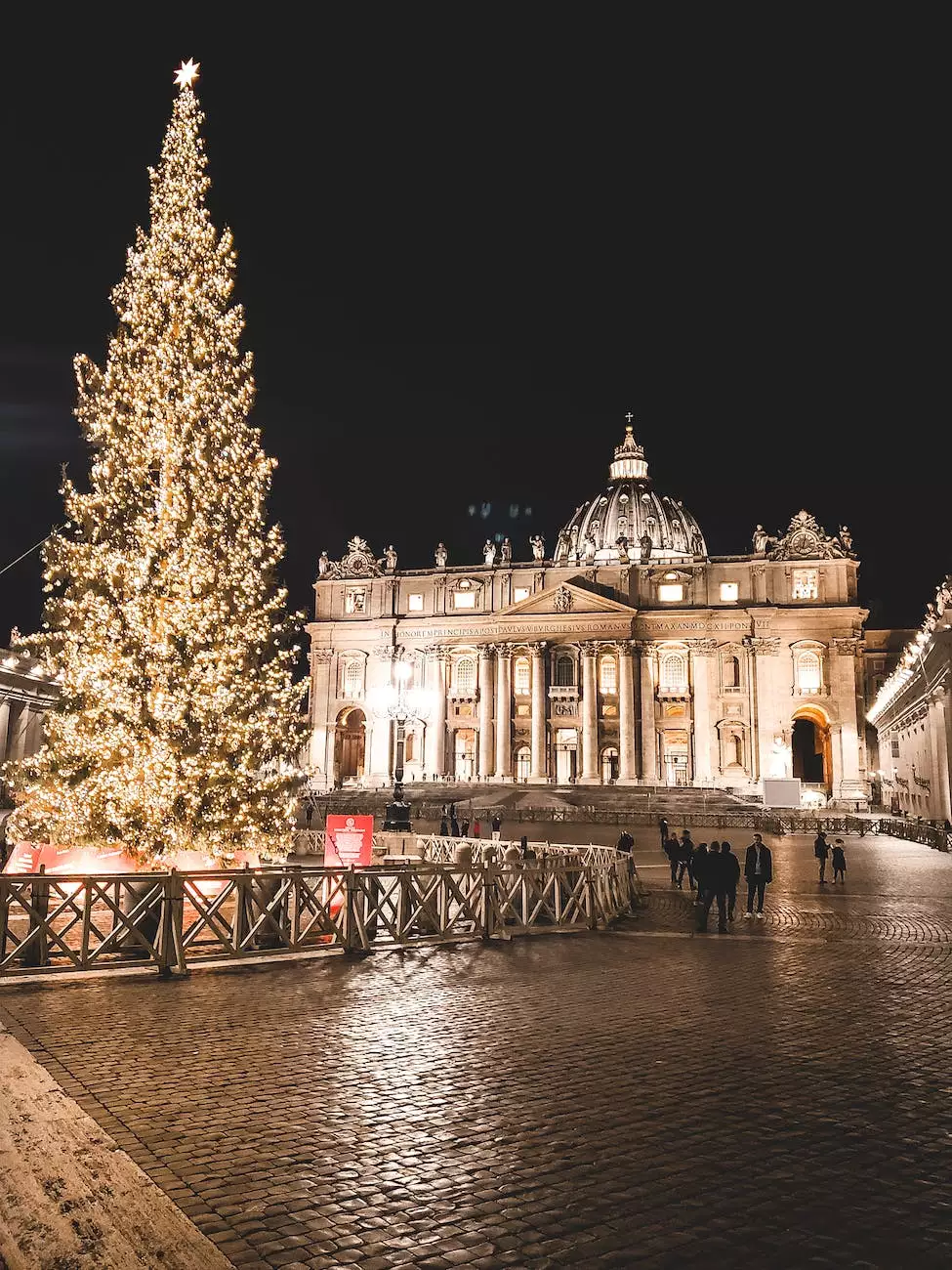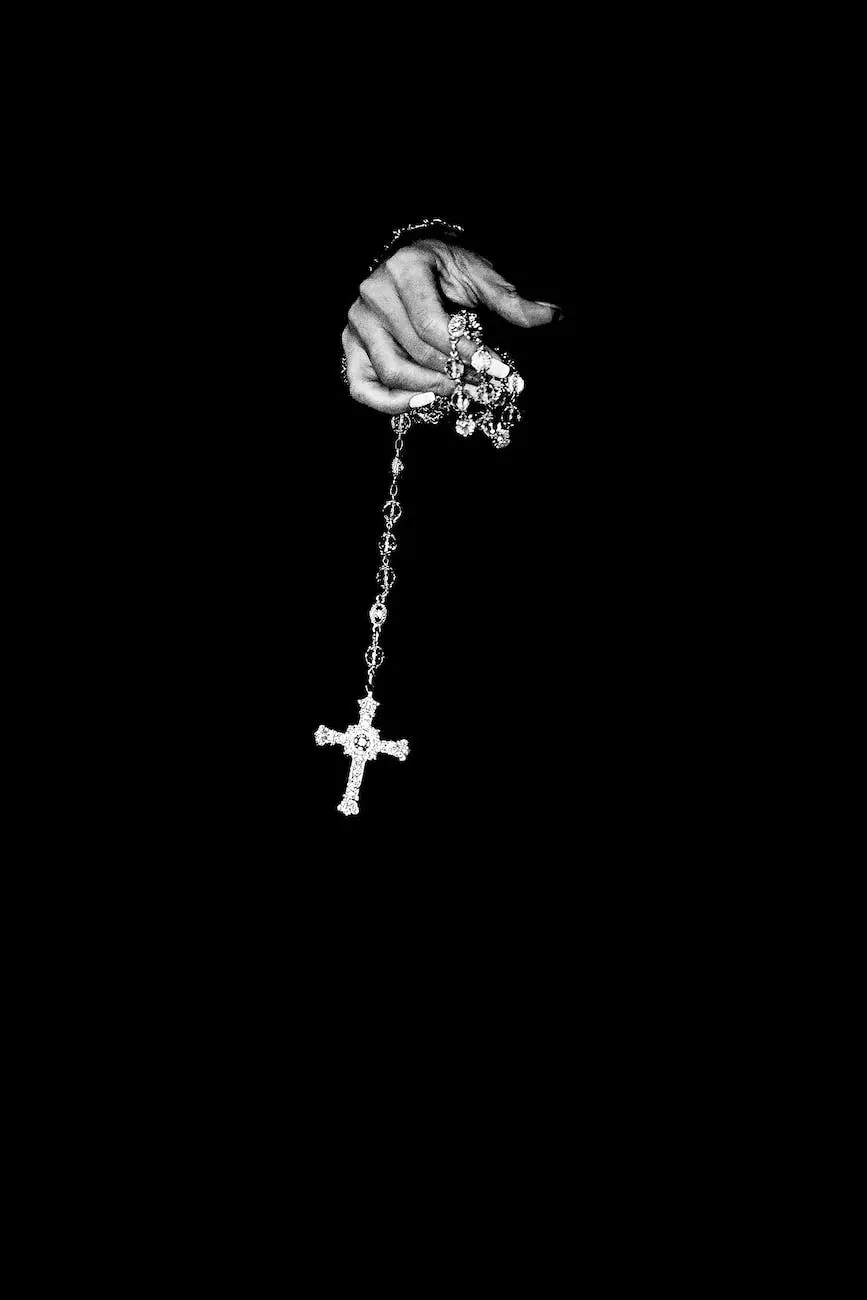Italian Dialect Or Language
Language Comparisons
Introduction
Italian, a Romance language spoken by millions of people around the world, is known for its rich history, cultural significance, and linguistic variations. In this comprehensive guide, NJCLT delves into the differences between Italian dialects and the Italian language, providing valuable insights into the various dialects, their origins, and the impact they have on Italian society.
The Italian Language
The Italian language, known as "italiano," is the official language of Italy, San Marino, and Vatican City. It is also one of the four official languages of Switzerland. With its roots in Latin, Italian developed over centuries to become a language of literature, art, and cultural expression. Today, it serves as a means of communication for millions of people around the world.
History
The history of the Italian language can be traced back to the Classical Latin spoken during the Roman Empire. As the Roman Empire fragmented, Latin evolved into various forms across different regions. In particular, the region that is now Italy saw the emergence of distinct Romance dialects.
During the Middle Ages, these dialects gradually started to converge, mainly due to the influence of Italian literature and the quest for a common language. The Florentine dialect, thanks to prominent writers such as Dante and Petrarch, played a pivotal role in shaping the standard Italian language.
In 1861, Italy became a unified nation, and with it, the standardization of the Italian language gained momentum. The linguistic heritage of diverse regions was embraced, contributing to the richness of the Italian language we know today.
The Language Today
Modern Italian is characterized by its melodious sound, grammatical structure, and expressive vocabulary. The language is known for its musicality, with words often arranged in a way that creates a harmonious rhythm. When spoken, Italian can evoke emotions and convey nuances that are unique to its linguistic identity.
Italy's rich cultural heritage is intertwined with the Italian language. Italian is the language of great works of literature, such as Dante's Divine Comedy and Petrarch's Canzoniere. It is also the language of opera, with famous composers like Verdi and Puccini contributing to the art form's global popularity.
Italian Dialects
Italy's linguistic landscape is diverse, with numerous regional dialects coexisting alongside the standardized Italian language. These dialects, also known as "dialetti," reflect the historical, cultural, and geographical variations across Italy.
The Origins of Dialects
The origins of Italian dialects can be traced back to the multitude of languages spoken in the Italian Peninsula before the Roman Empire. These languages include Italic dialects, Greek, Celtic, and Etruscan. Over time, the influence of Latin and other regional languages shaped the distinct dialects that exist today.
Italian dialects significantly differ from one another, often to the extent that speakers of different dialects may have difficulty understanding each other. However, despite these differences, dialects create a strong sense of regional identity and serve as a means of preserving local cultural heritage.
Regional Variation
Italy's dialectal variation is extensive, with each region boasting its own unique linguistic features. Some of the most well-known Italian dialects include Sicilian, Venetian, Neapolitan, and Florentine. These dialects have distinct vocabularies, pronunciation patterns, and grammatical structures that set them apart from standard Italian.
Due to historical, social, and economic factors, certain dialects, such as Sicilian and Neapolitan, have gained recognition beyond their respective regions. They have influenced literature, music, and even film production, contributing to the vibrant cultural tapestry that is Italy.
The Importance of Dialects
Dialects play a crucial role in Italian society, shaping individual and collective identities. They carry the heritage, customs, and traditions of specific regions, fostering a sense of belonging and cultural pride.
While the use of dialects has been on the decline, particularly among younger generations, efforts are being made to preserve and promote dialectal diversity. Local initiatives, cultural associations, and educational programs aim to revitalize interest in dialects, ensuring their continued existence.
Conclusion
Italian dialects and the Italian language coexist, each with its own unique characteristics and cultural significance. The Italian language serves as a unifying force, allowing people from different regions to communicate effectively, while dialects preserve the diverse linguistic heritage of Italy.
Understanding the differences between dialects and the Italian language provides valuable insights into the intricacies of Italian society, culture, and history. NJCLT invites you to explore the fascinating world of Italian dialects and language, appreciating the richness they bring to the tapestry of Italian culture.










